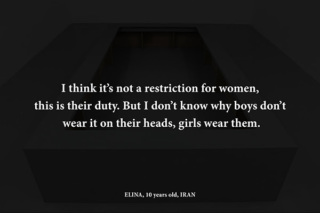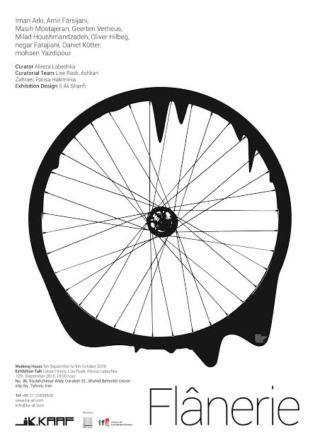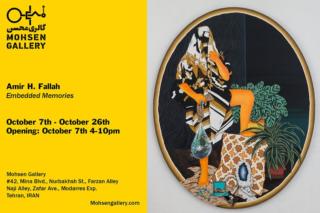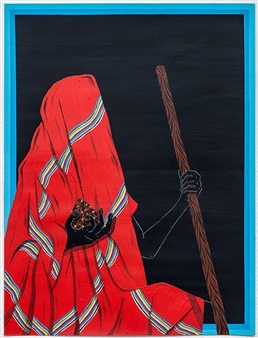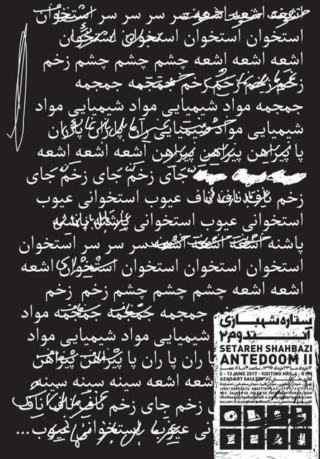Mamali Shafahi: V [!] R o l l u r g y #Fake news and fake science
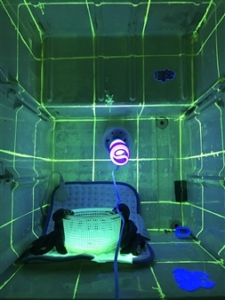
Tehran, Tehran, 04/28/2017 - 05/17/2017
#42, Mina Blvd., Nurbakhsh St., Farzan Alley, Naji Alley, Zafar Ave., Modarres Exp.
The fall of 2016 felt doom and gloom. It all started in October, when Netflix premiered the season 3 of the British TV series Black Mirror, a satiric science fiction tale about our modern nightmares drawn from consumer technology and social media trends. The latest season’s episode 3 was entitled San Juniper and it caught my attention by its apparent softness and positive ending. It depicts the love-story of two women meeting in a 1980s nightclub apparently located in a town named San Juniper. The couple keeps mysteriously meeting each other in different time periods (1990s-2000s) over a number of weekends, before we understand that the lovers are, in real life, two elderly paralyzed women and that San Juniper isn’t a real place but a realistic virtual reality where consciousness is uploaded rather than physically visited.
Mamali Shafahi’s practice, swaying from installation to sculpture and film, bears a deep fascination for biotechnologies, augmented reality and, ultimately, any misrepresentation of the future. The tension between past and future, heritage and expectation seem at the core of the works presented in the exhibition. As a matter of fact Shafahi has been connecting traditions with the post-modern, and got inspired by two paper works made by his father, Reza Shafahi who became an artist in his 70s, and who has been producing haunting drawings that oscillate between traditional Persian miniature and a modern palette of colors and shapes evoking these of Henri Matisse. As an homage as much as the expression of a generation gap, Shafahi the son has reconfigured the father’s drawings into contemporary imagery and techniques. Facing the entrance of the space, a large canvas, made of thick polyurethane foam with a phosphorescent surface and UV lights, represents a drowning in a pool with only isolated legs and arms apparent, and echoing a motif of one of the father’s drawings. Later in the exhibition, a two-meter high fiberglass sculpture depicts a young girl looking at herself in a bowl of water. Here is another image taken from the father, but also commonly found in ancient Persian iconography or Hafez’ poetry: a character observing her/his lover or God in a cup of reflecting water or wine. Interestingly, in western imagery, this figure appears as the iconic representation of Narcissus, the God who fell in love with his own beauty. In our contemporary times dominated by social media, it appears as a reference to modern narcissism, cruelly yet accurately analyzed in Black Mirror.


